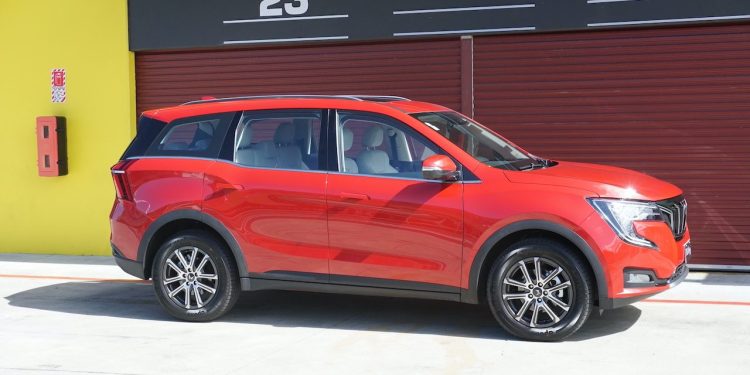Launch report: Mahindra XUV700
Words/Photos Peter Louisson
If there’s one thing that has been holding back Indian car maker Mahindra in the local market, it would certainly not be price but arguably the upright styling of the existing models. Forget that with the brand’s latest model to launch here, the XUV700, looking distinctly normal.
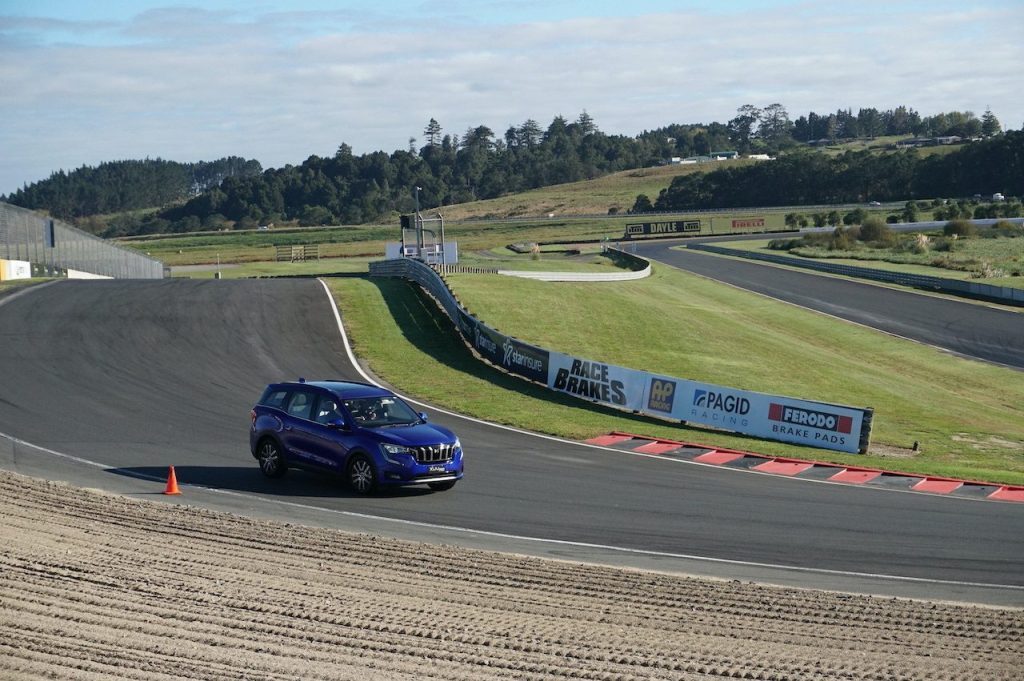
There’s still the exaggerated hip and the upkick at the C pillar but otherwise the XUV700 (those in the know call it the seven double oh) comes across as remarkably up to speed, especially at the prices released today. So a few things inside look to have been cribbed from others but then they wouldn’t be the first company to ape Mercedes with a wide screen dash that houses both the instruments and the infotainment centre. And we’re not quite sure how well the cream-coloured leather-like upholstery finish will wear in the long term. But you can almost forgive the XUV700 its minor foibles because of the price. Which we shall get to anon.
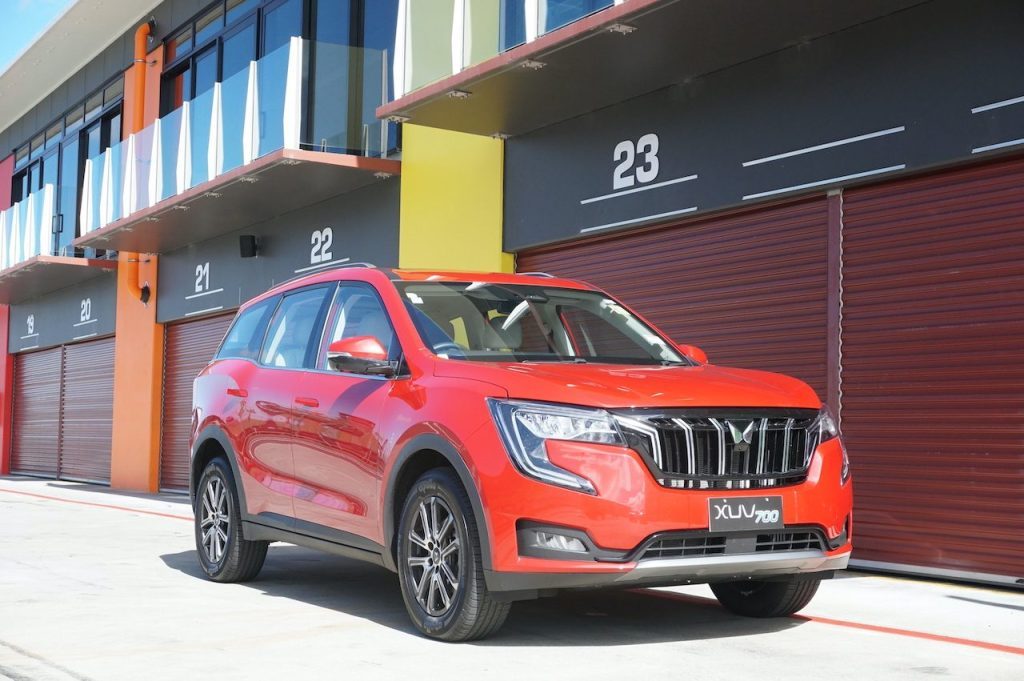
Meantime, Mahindra NZ did something a bit bold and daring with the launch of the XUV700 to the media by inviting us to drive it on track. This isn’t the first high-rise vehicle we driven in a controlled environment like this but not many are launched this way and it shows confidence in the product. At least that’s what we were thinking.
So after a quick coffee to shake out the morning shivers, a cool five degrees at the Hampton Downs Circuit, it’s off and running in the XUV700. It’s not just the exterior that’s novel here either thanks to a new designer, for this runs a completely new platform with increased use of high strength steels and the engine too is a relative newbie. It’s clearly a thoroughbred this 2.0-litre turbopetrol, given it’s known as the Stallion. Bolted to a six-speed Aisin auto with a manual sequential shift gate, there’s 149kW of power produced at an easy 5000rpm and 380Nm available from 1750-3000rpm.
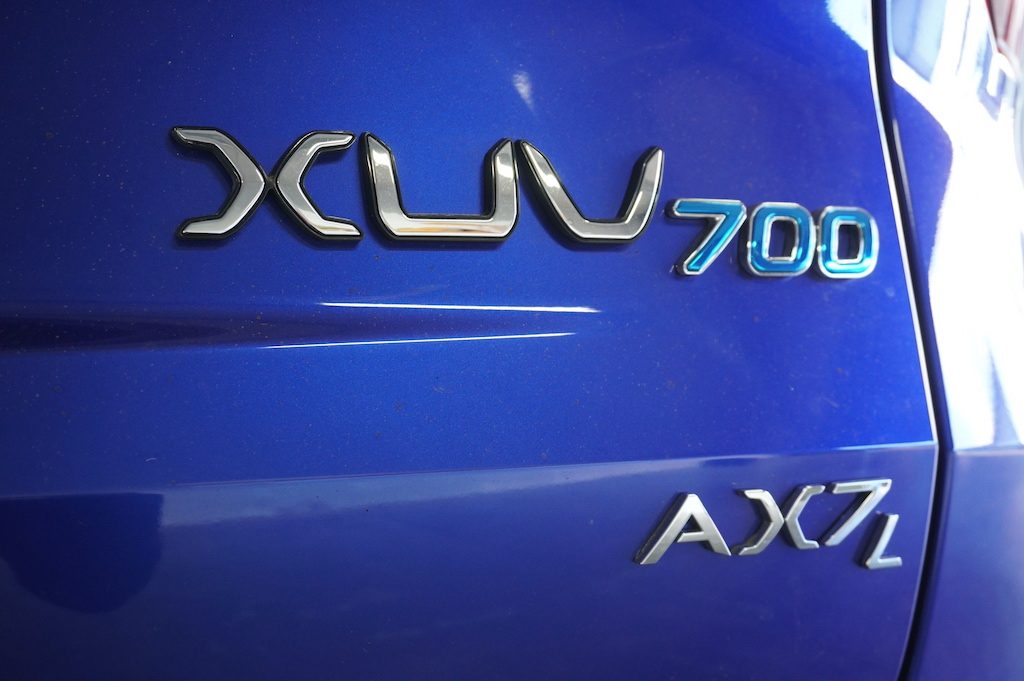
The power flows to the front wheels, and there’s torque vectoring by brake to keep things under control as the grip goes west. While there are no drive modes per se, all models come with Mahindra’s Skyroof, LED headlamps and DRLs, flush door handles, fully independent suspension with frequency selective damping and a pair of 10.25 inch high definition digital screens. Each model also gets Android Auto and Apple CarPlay and the sounds are by Sony. In the range topping AX7 L, there are 12 speakers with a dedicated subwoofer, along with wireless charging and electronic door handles that emerge from the body for ease of opening. All models come with seven airbags while the seven-seaters (there are two of these, the base model gets five seats) gain Adaptive Cruise, AEB, lane departure warning and lane keeping, and traffic sign recognition. There’s also high beam assist and TPM for the top models while the L variant adds surround view monitor and stop and go function to the adaptive cruise for ease of city driving.
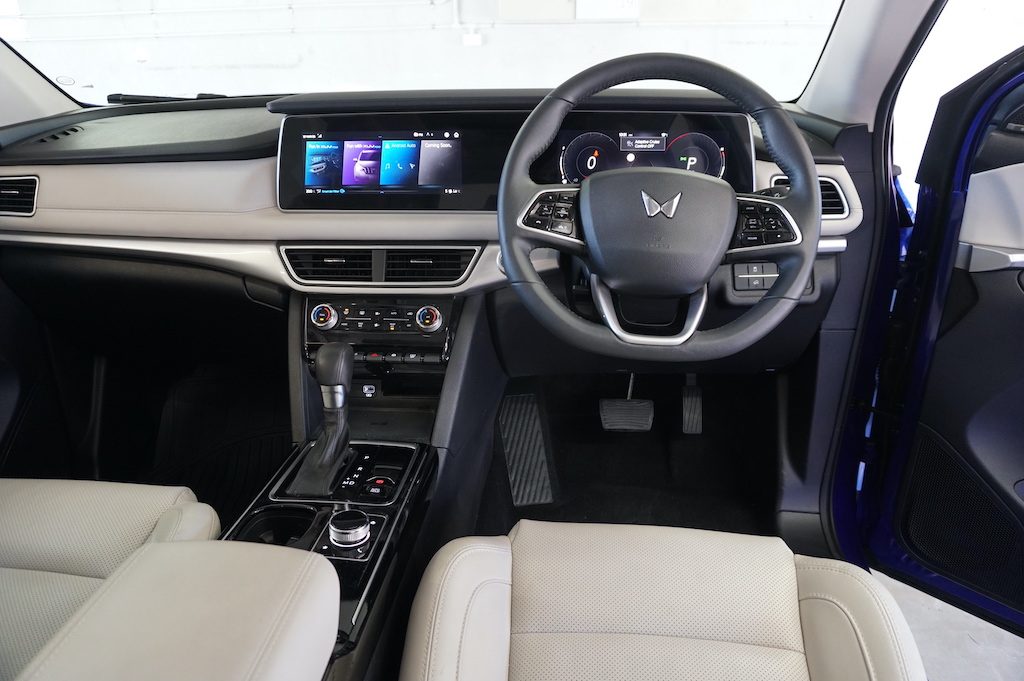
The base AX5 model hadn’t arrived for the launch so we drove the AX7s only. They get up to speed quickly enough, with a quoted 0-100 time of just over 10sec and you can row through the gearbox manually if you want but we didn’t bother for our few laps of the national circuit. It changes direction well, quite quickly too, and body roll is reasonably well contained. Performance is pretty good, closing in on 160km/h at the top of the hill before braking for turn one but its the down-low grunt that is just as impressive.
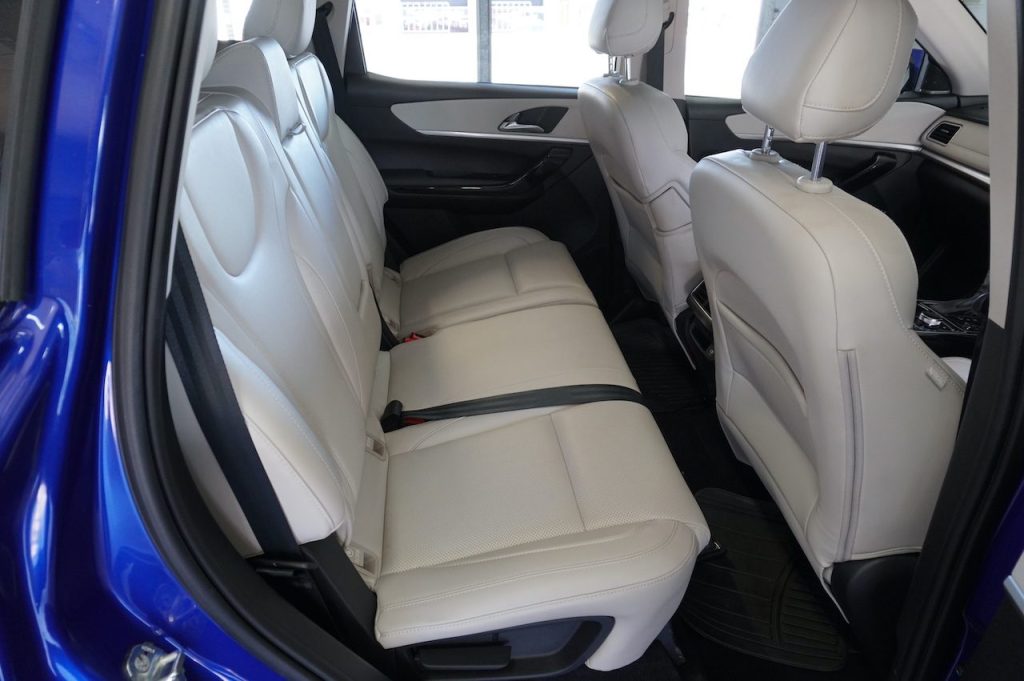
And the picks do the business well. The vehicles were not prepped in any way, and had standard brake pads; none arrived back in the pits with smoke emerging from the wheel arches. They even swept through the tighter turns quite well, the tyres clearly the limiting factor, voicing their disapproval if you pushed too hard, torque vectoring by brake unobtrusively doing its thing.
We felt the driving position was a touch elevated but then that’s the nature of this type of vehicle. In the back there’s good headroom despite the sunroof, though it becomes a touch cramped in the third row seats for taller adults; kids only or teens at a pinch. In the middle row the leg room is reasonable while overall the SUV measures up at just under 4.7m long and 1.9m wide. The middle occupant gets a lap belt only but this is evidently set to change.
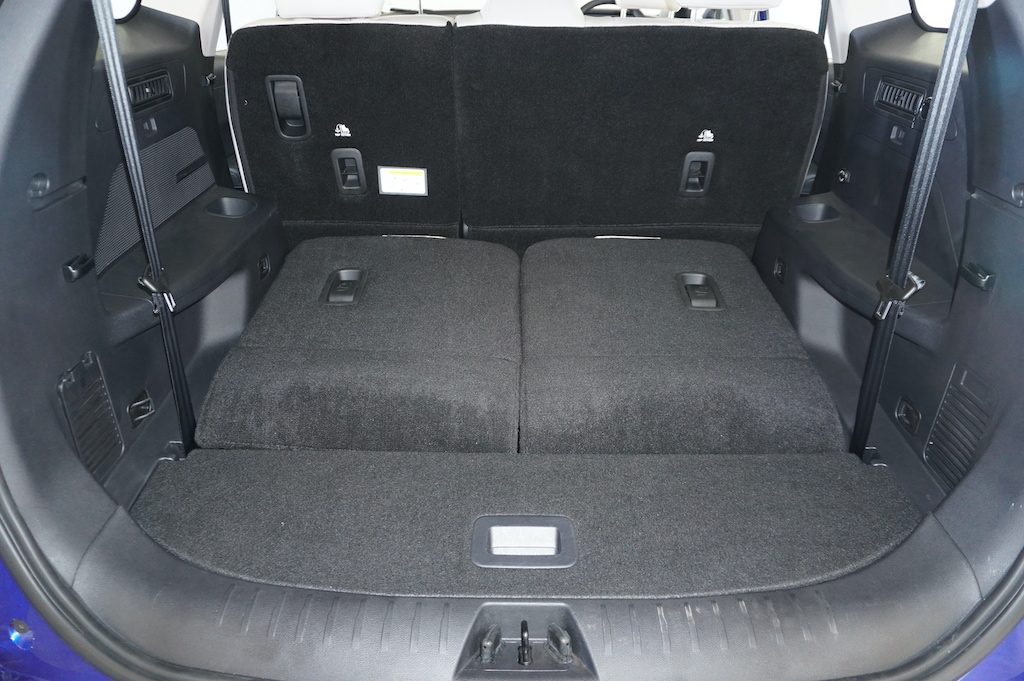
Pricing for the five seater kicks off at $36,990, although there’s a Clean Car fee of $2357 on top of this on account of its combined fuel use figure of 7.6L/100km, (227g/km). The base seven seater goes for $40,990 while the L for Lux AX7 costs $3k more ($43,990 before CC tax). All three vehicles are available in five colours and are covered by a five-year 150,000km factory warranty.
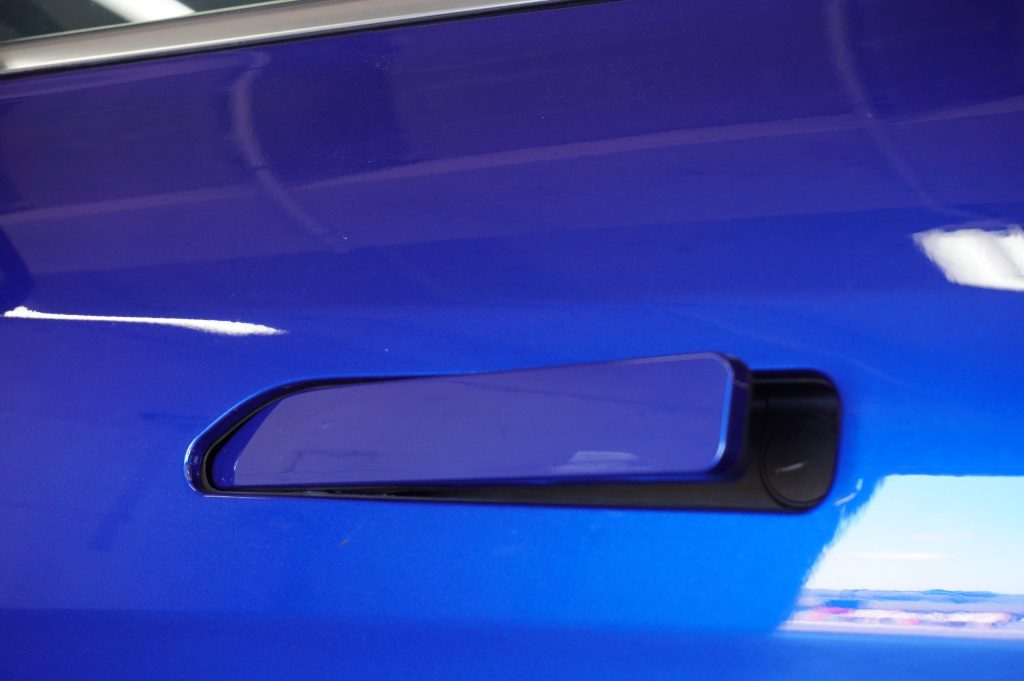
Mahindra is talking about another new model that should join the XUV700, probably at the end of this year or early in 2024. This will be the Scorpio N, the off-roader already available in Australia. XUV700 promises to be the value proposition in the upper medium SUV sector and from the introductory day we’d hazard a guess that this will be comfortably the most popular vehicle Mahindra has ever sold here. With 18 dealers throughout the country, value pricing and an attractive 5/7 seater on offer, Mahindra is a brand on the rise.


